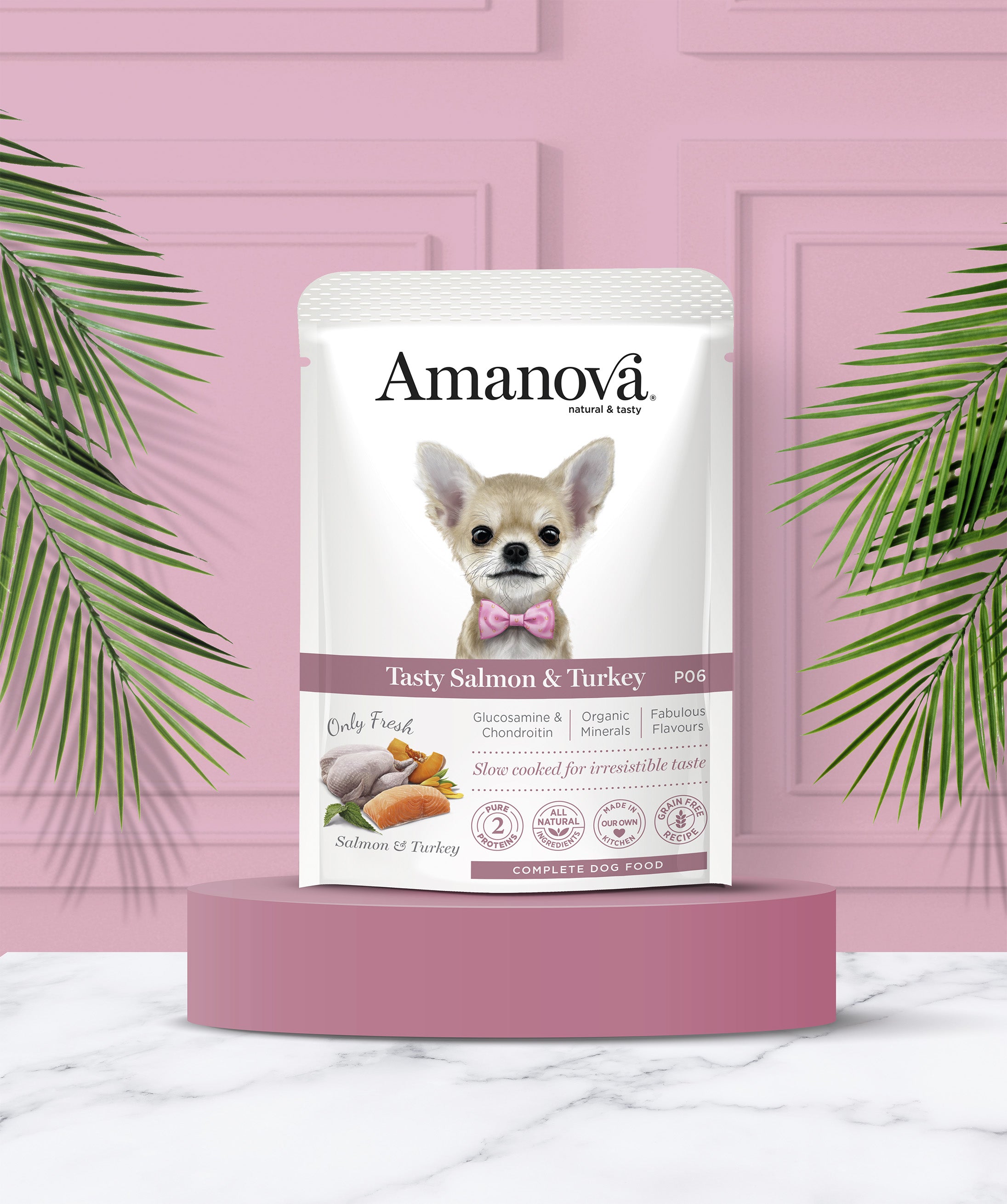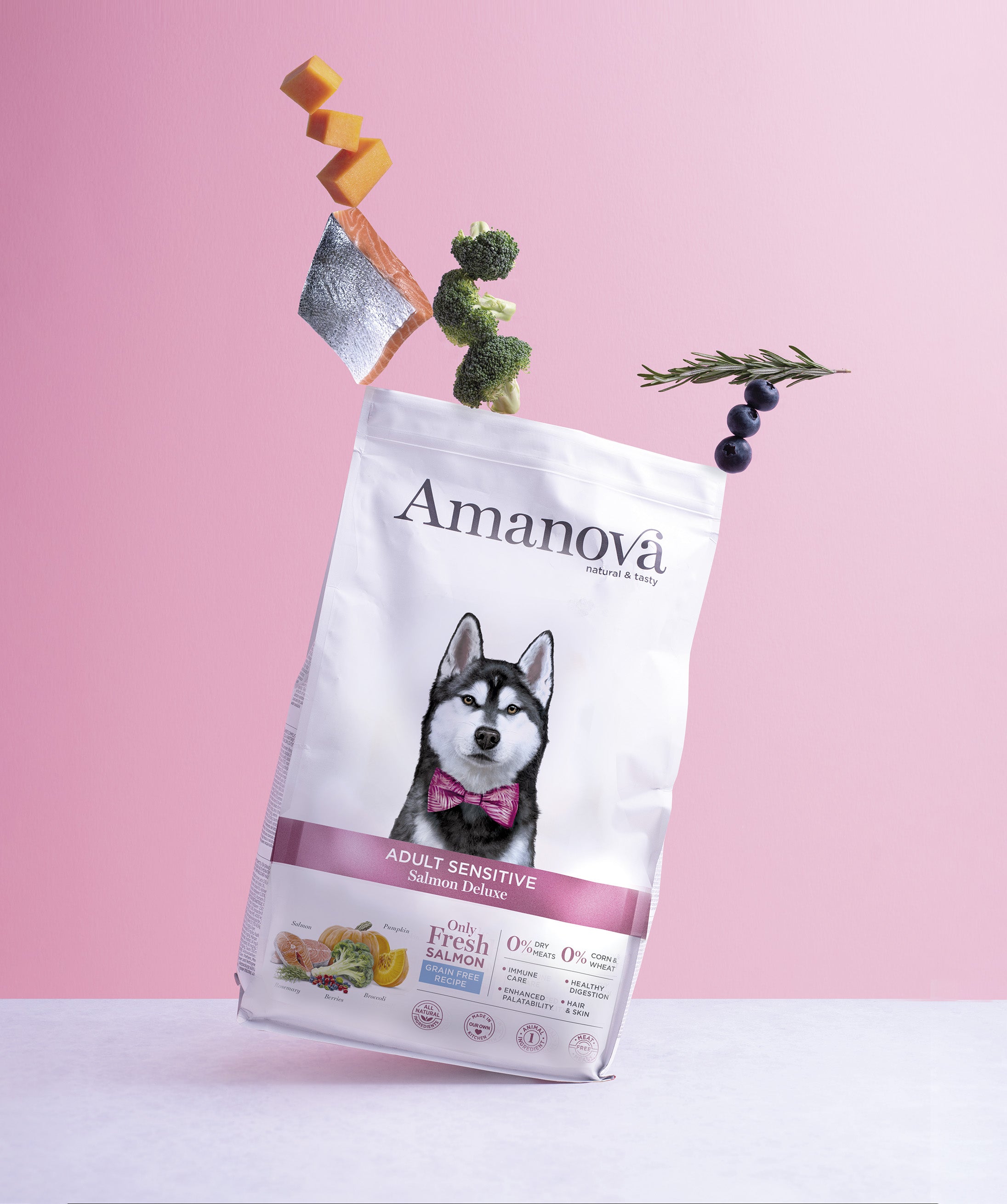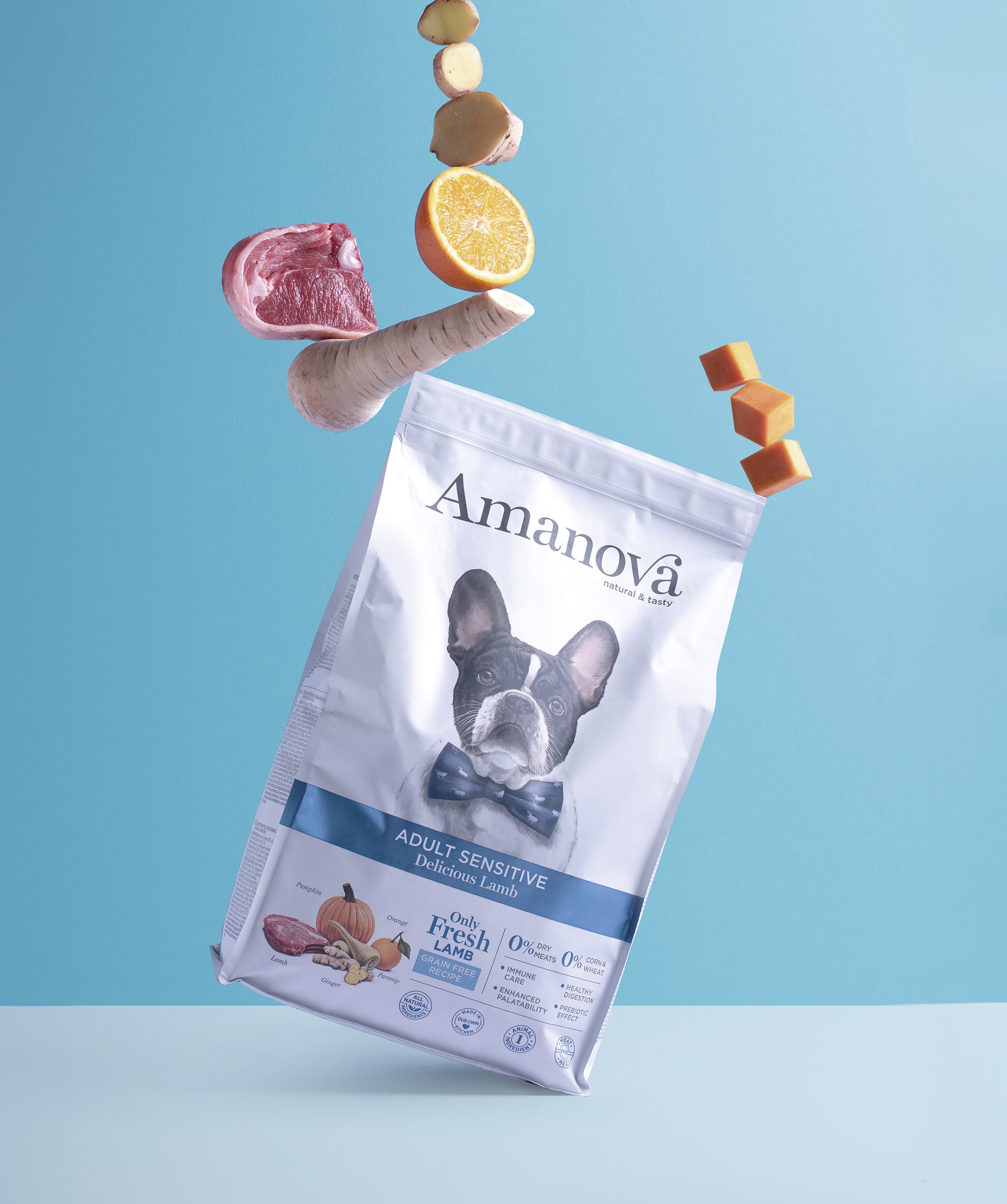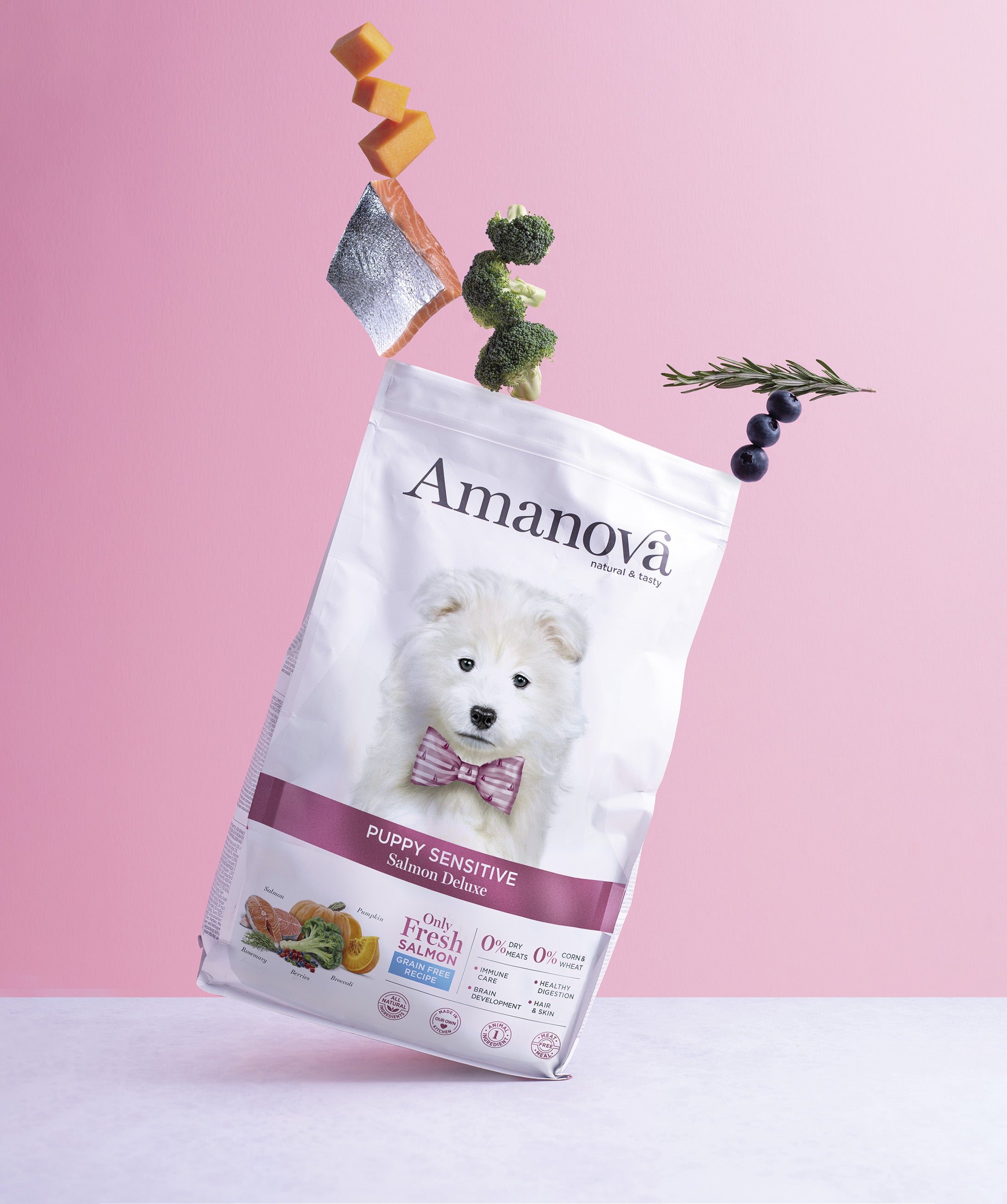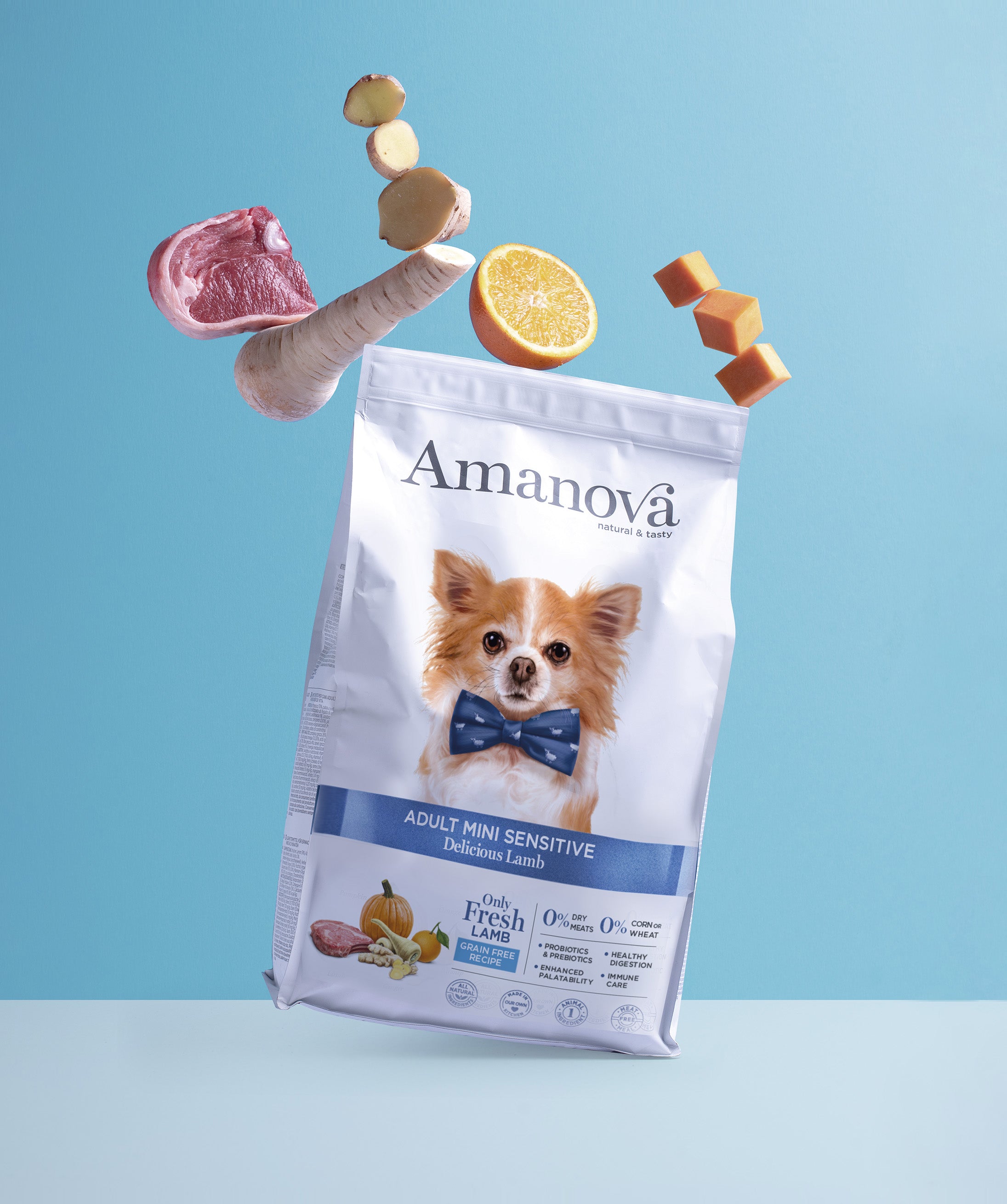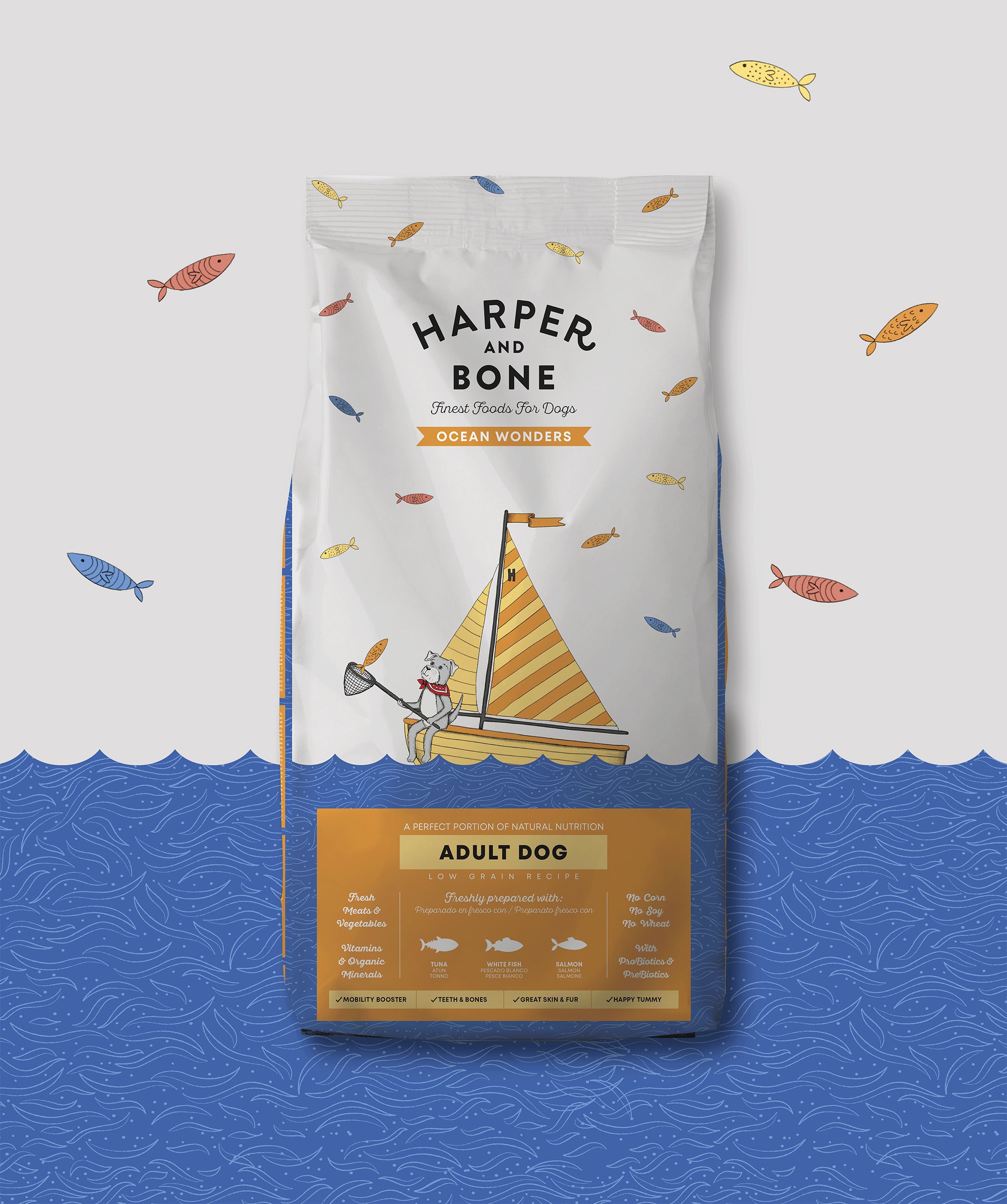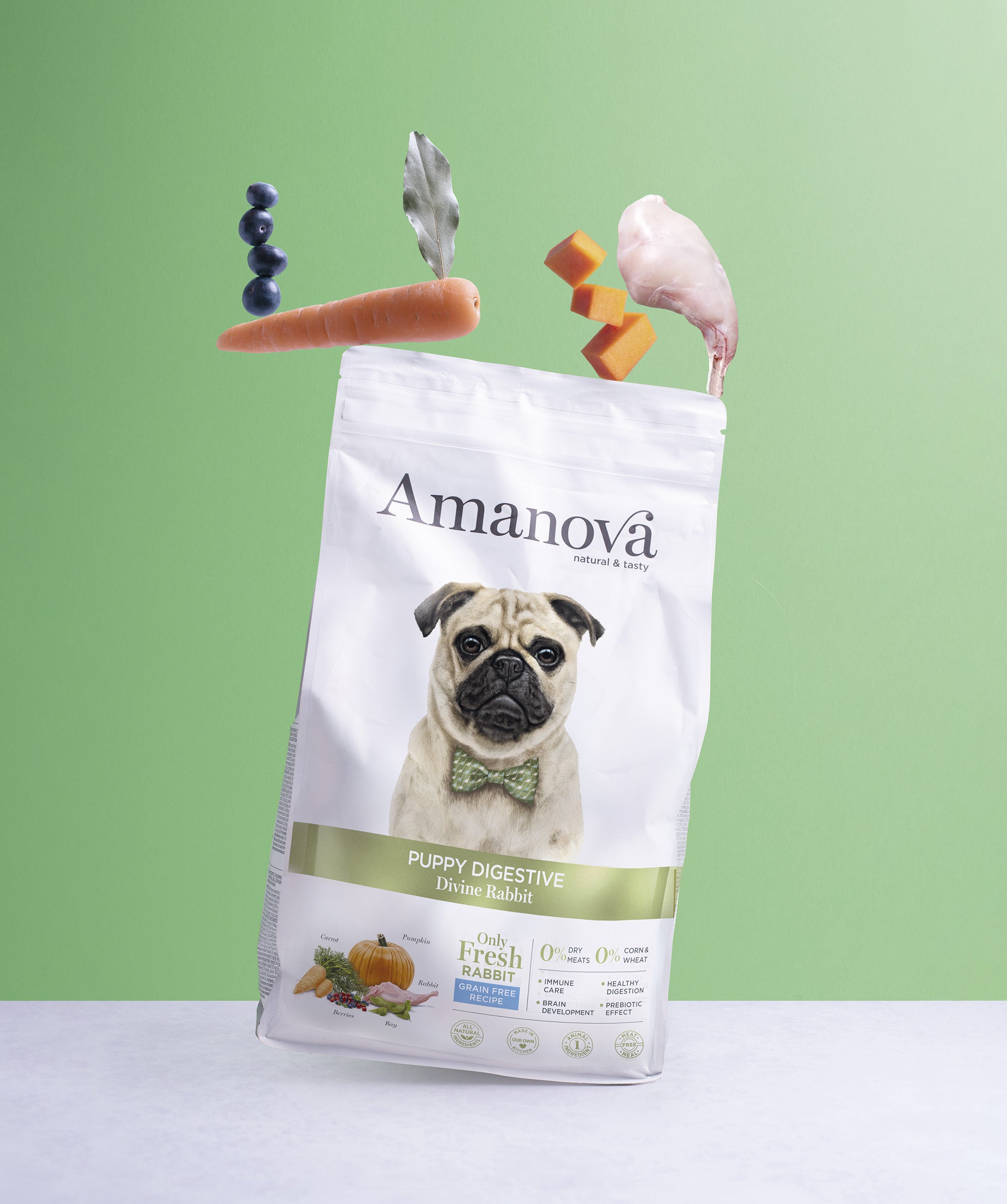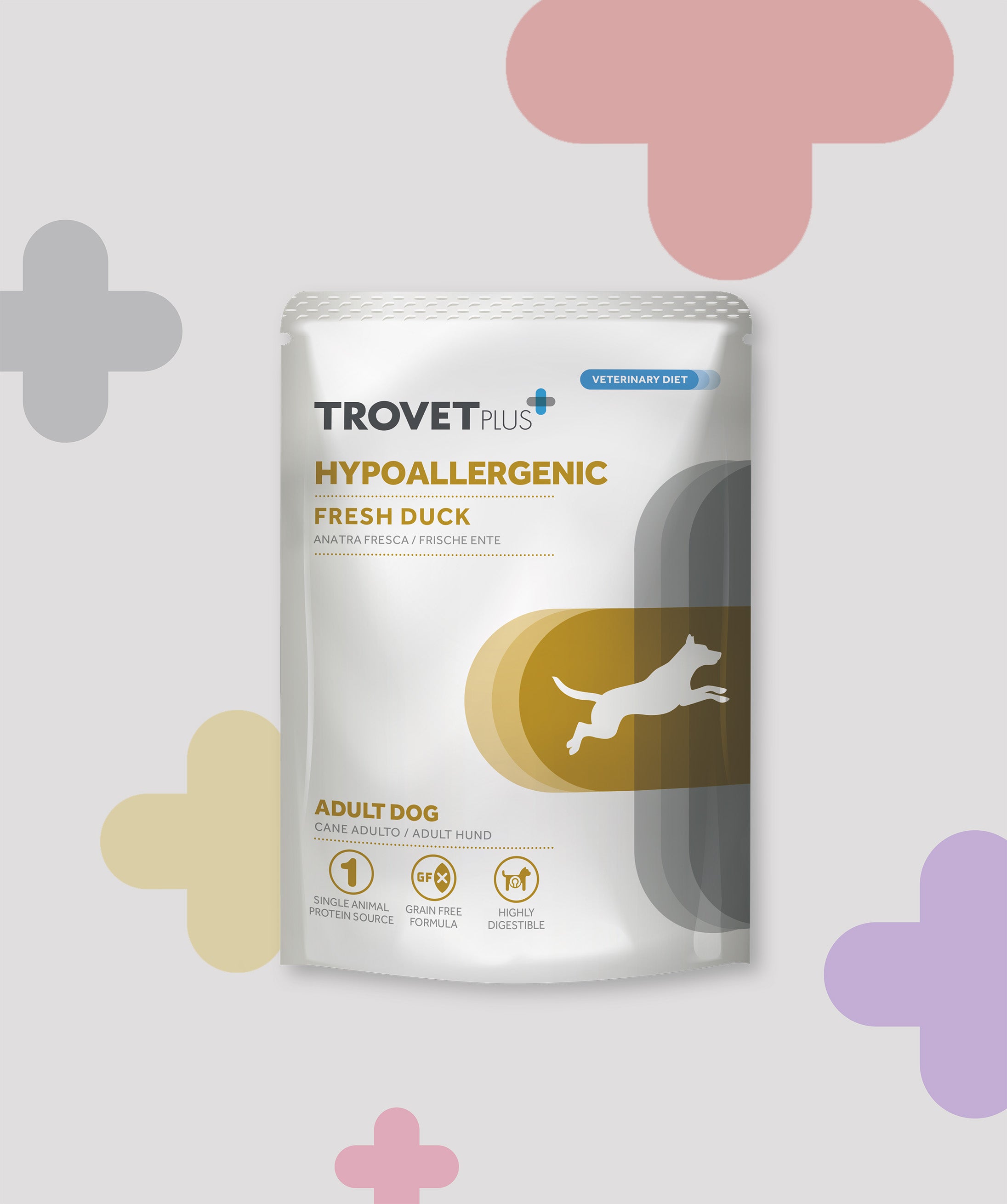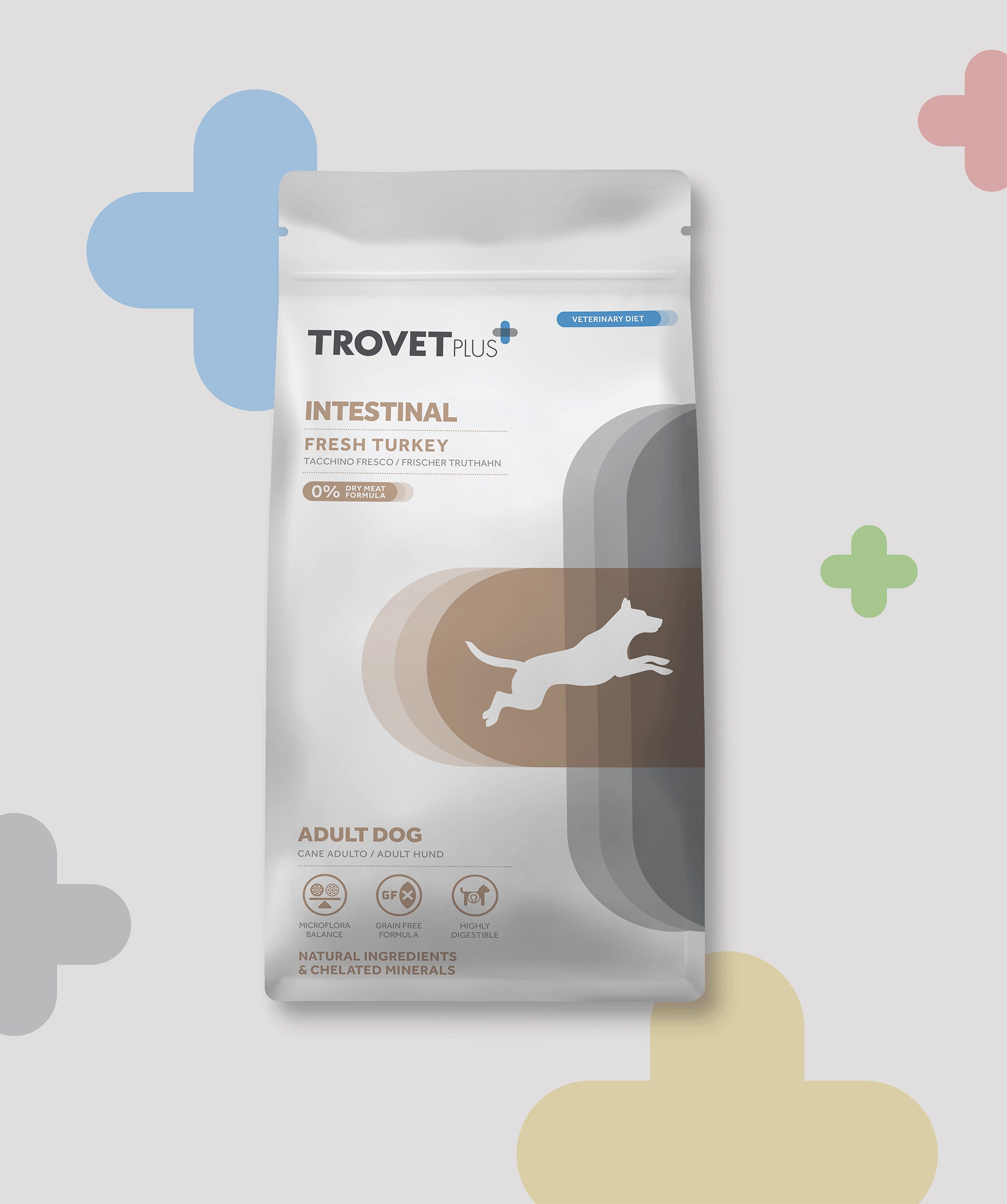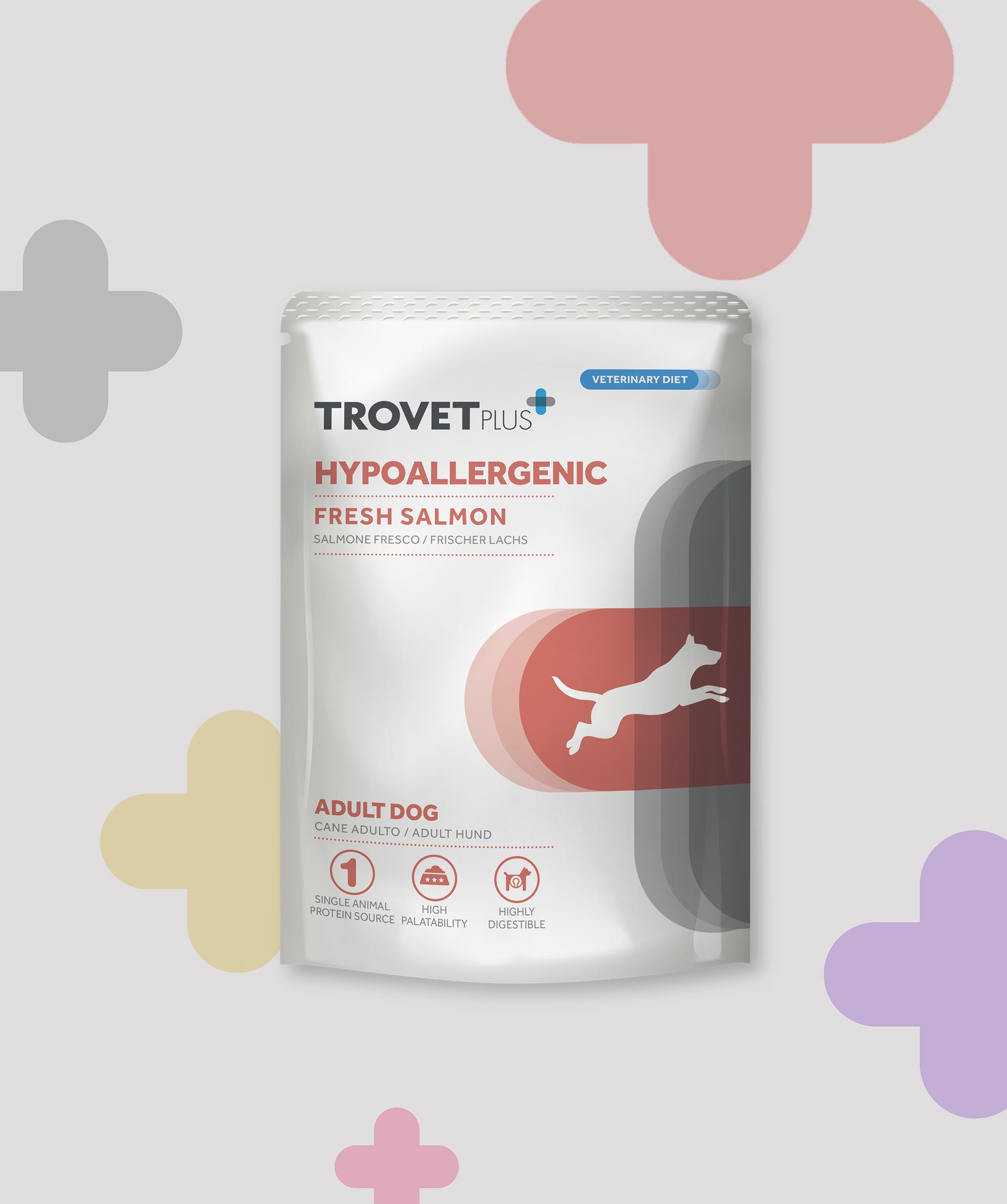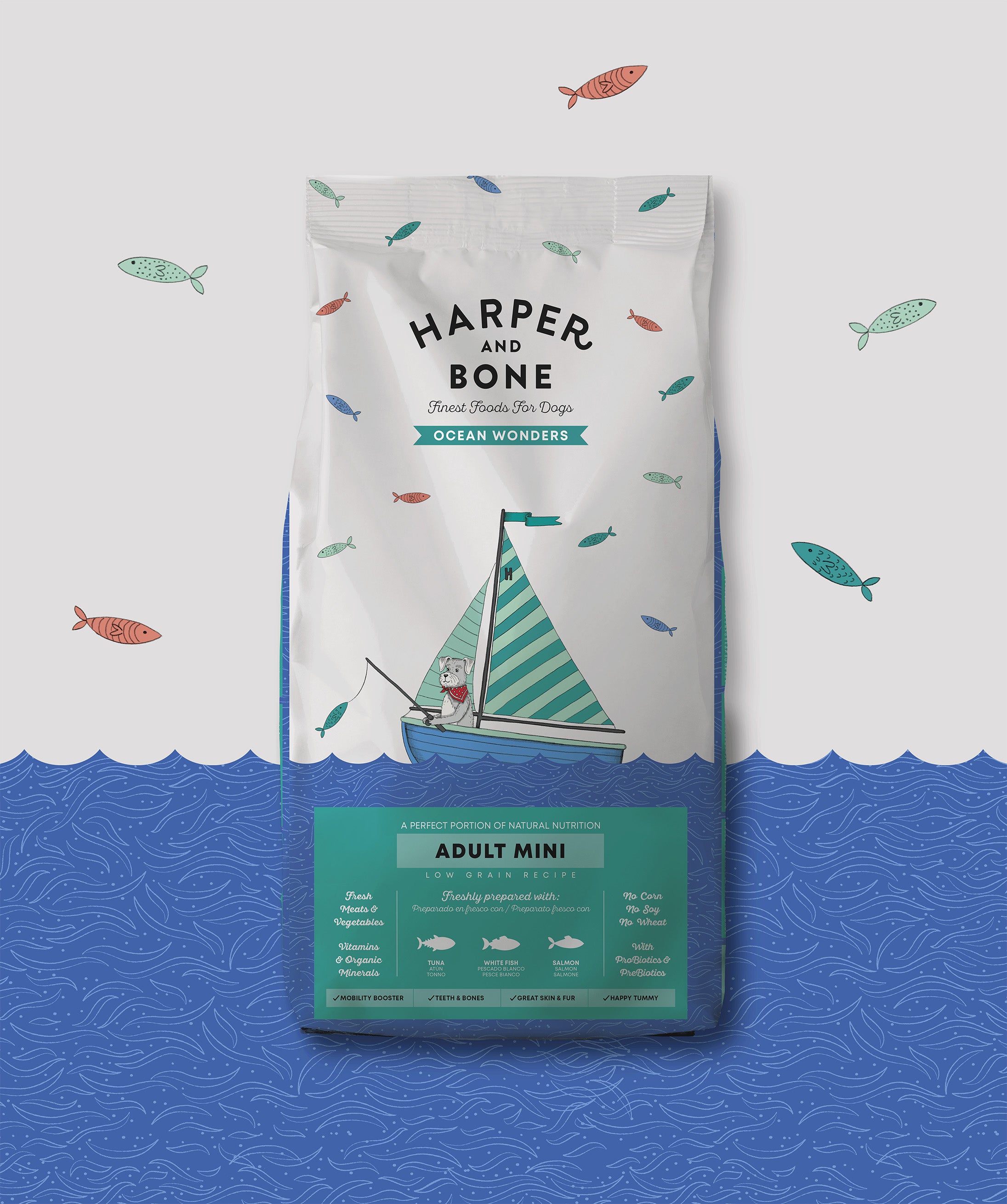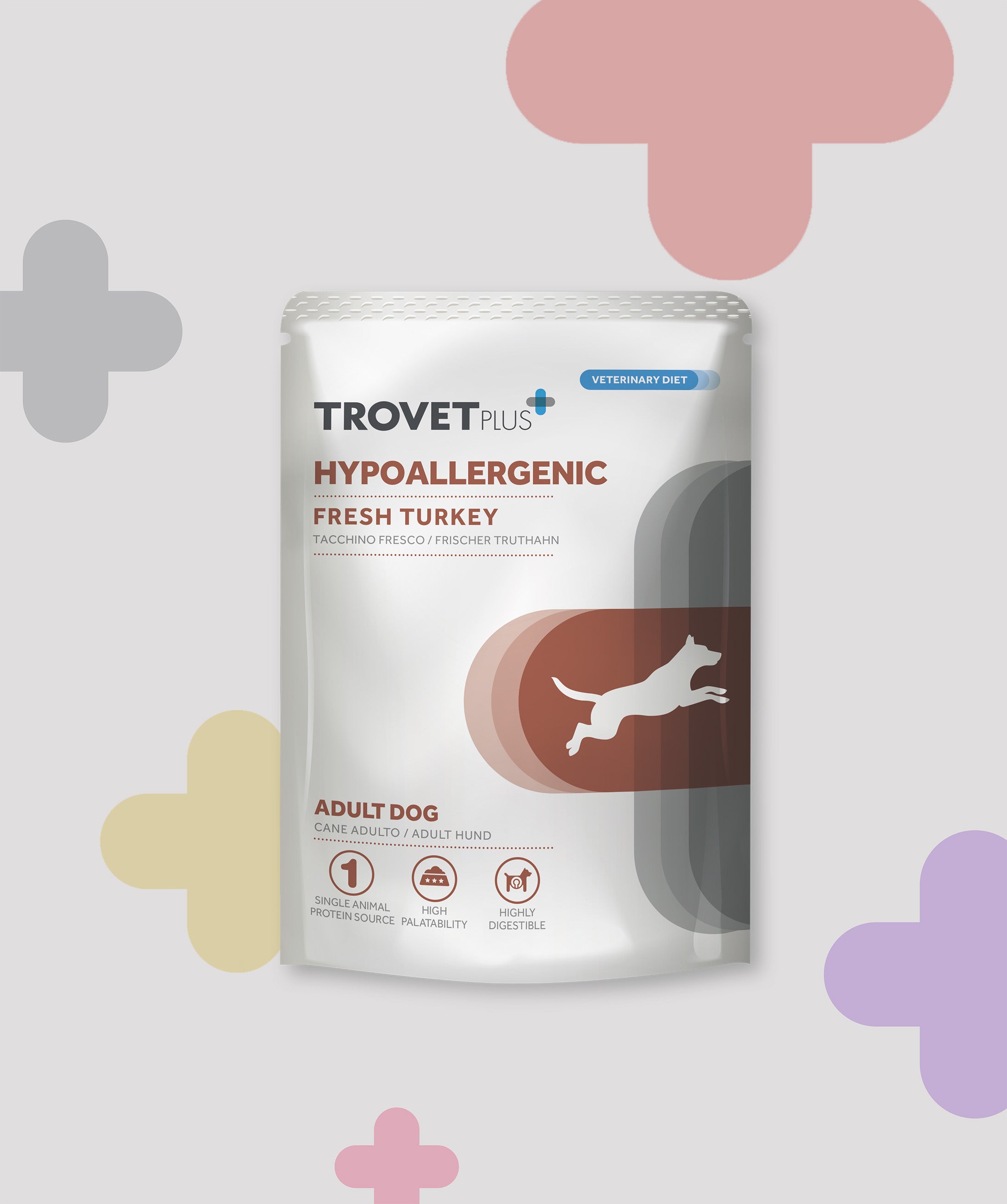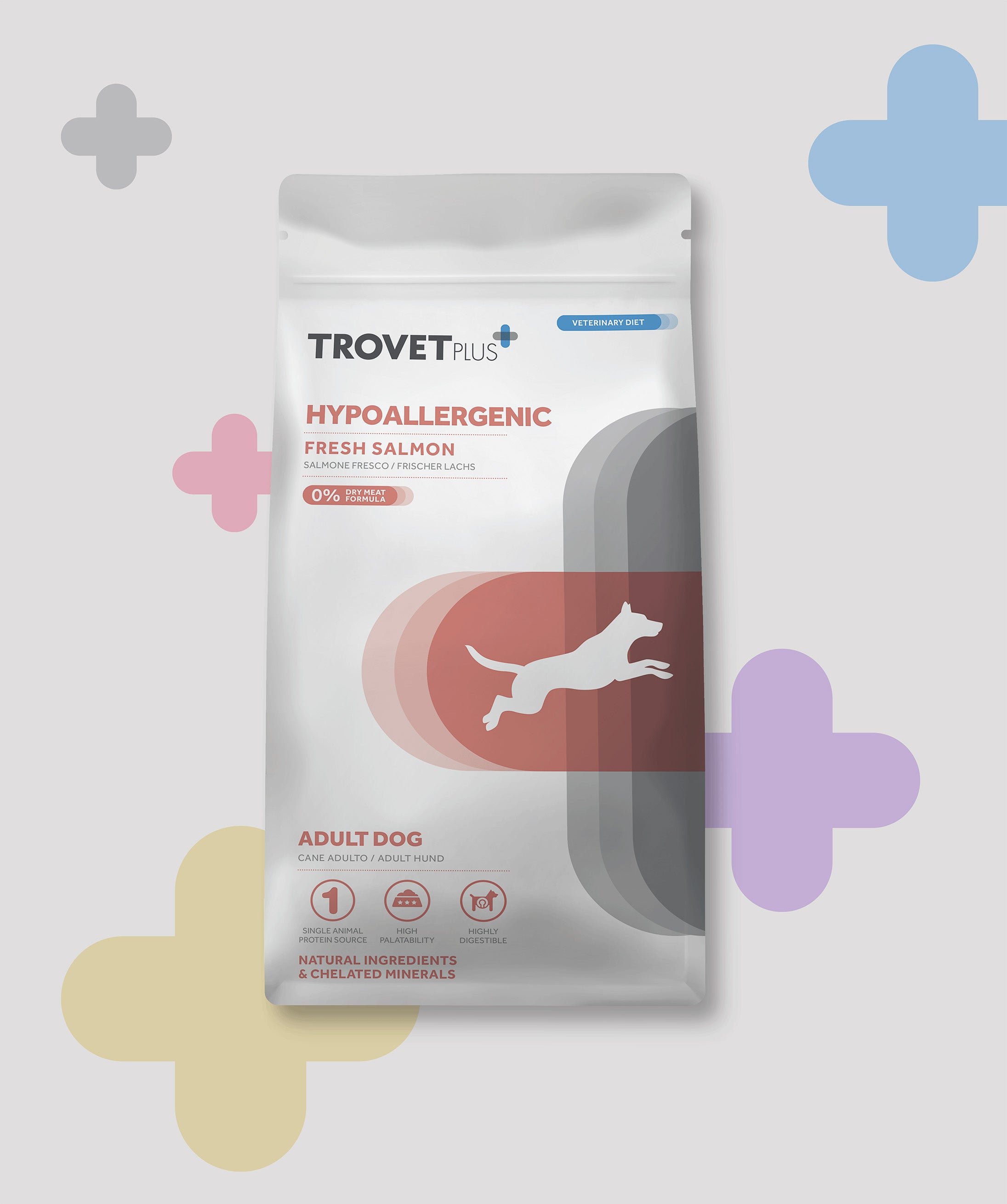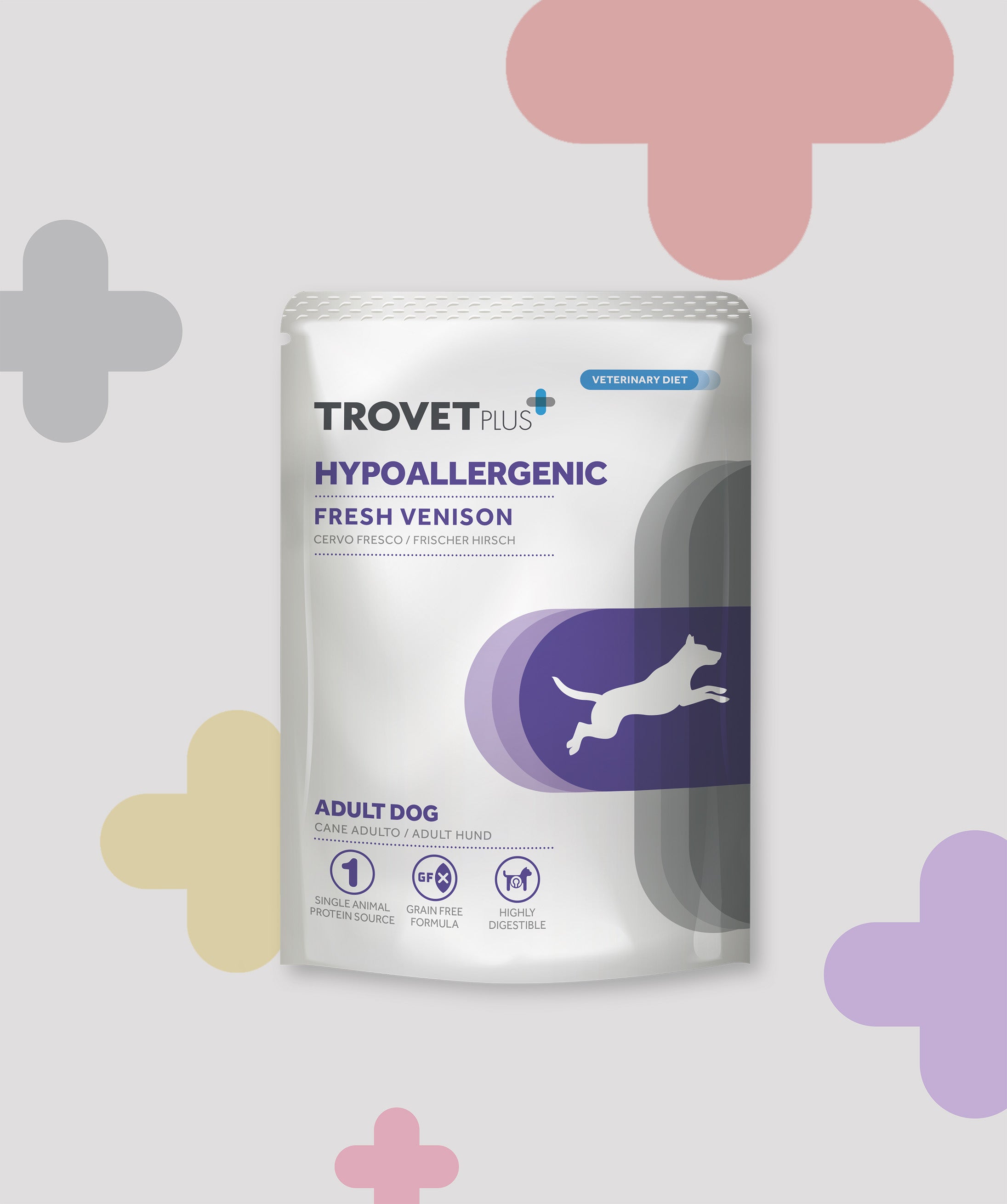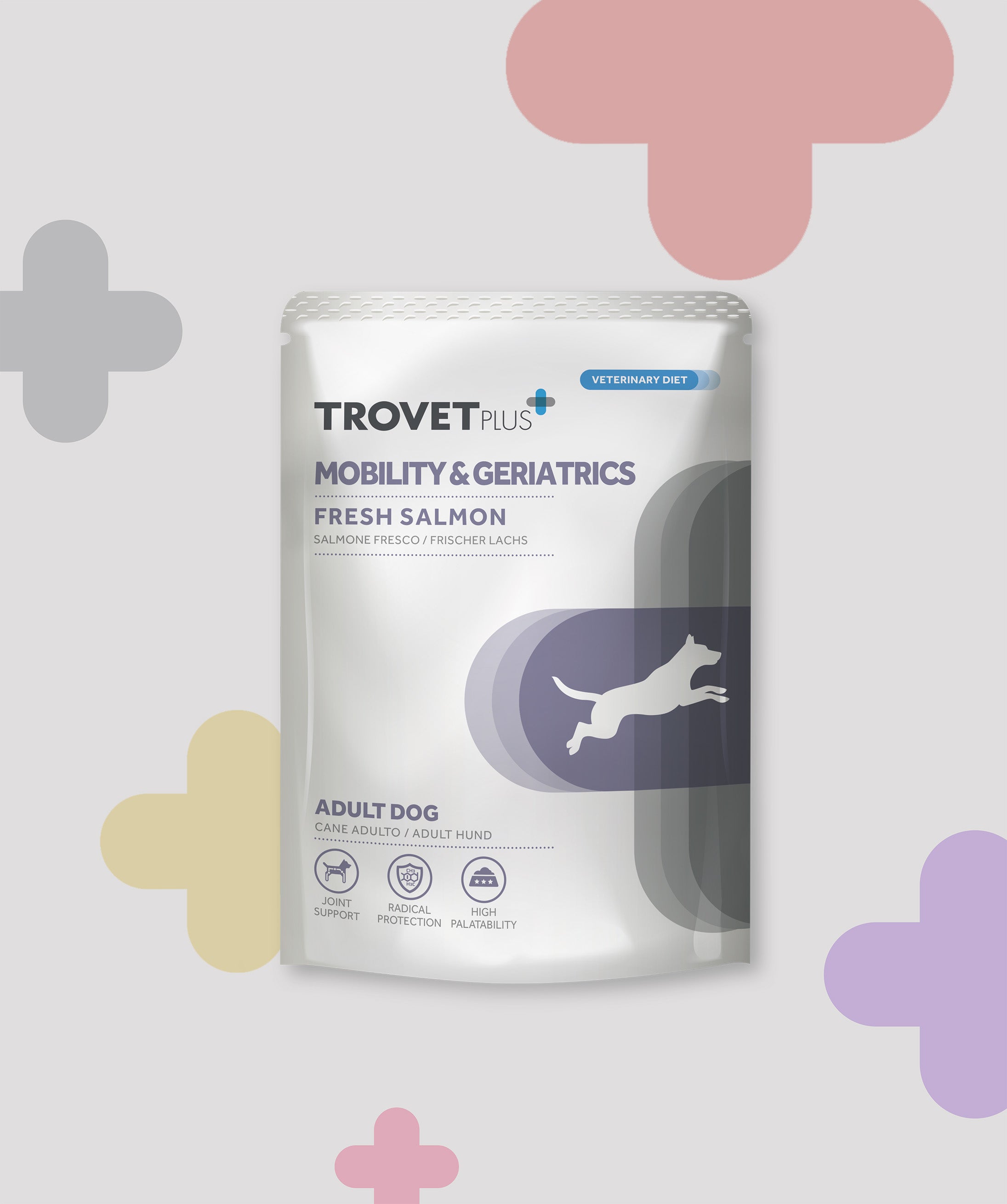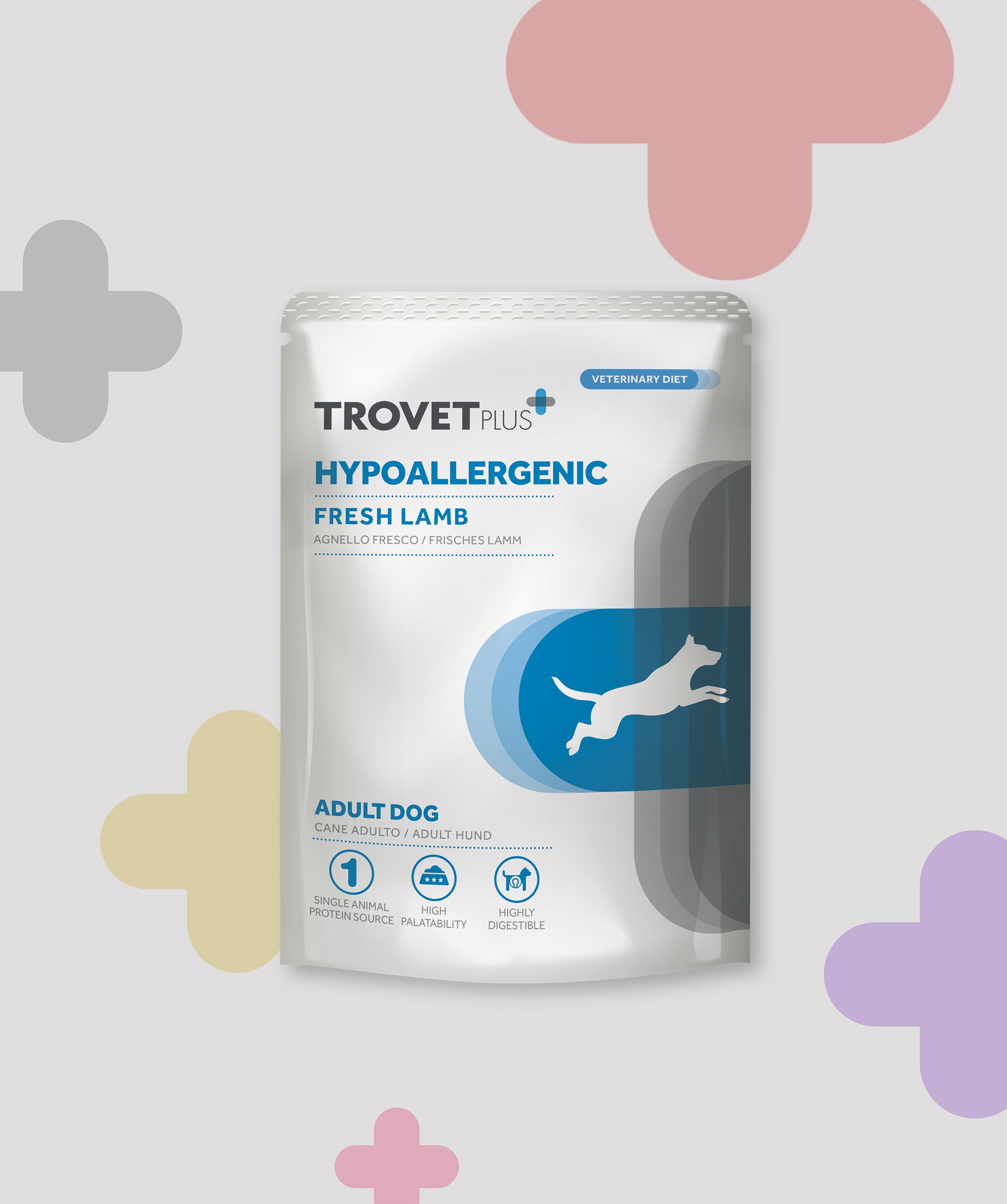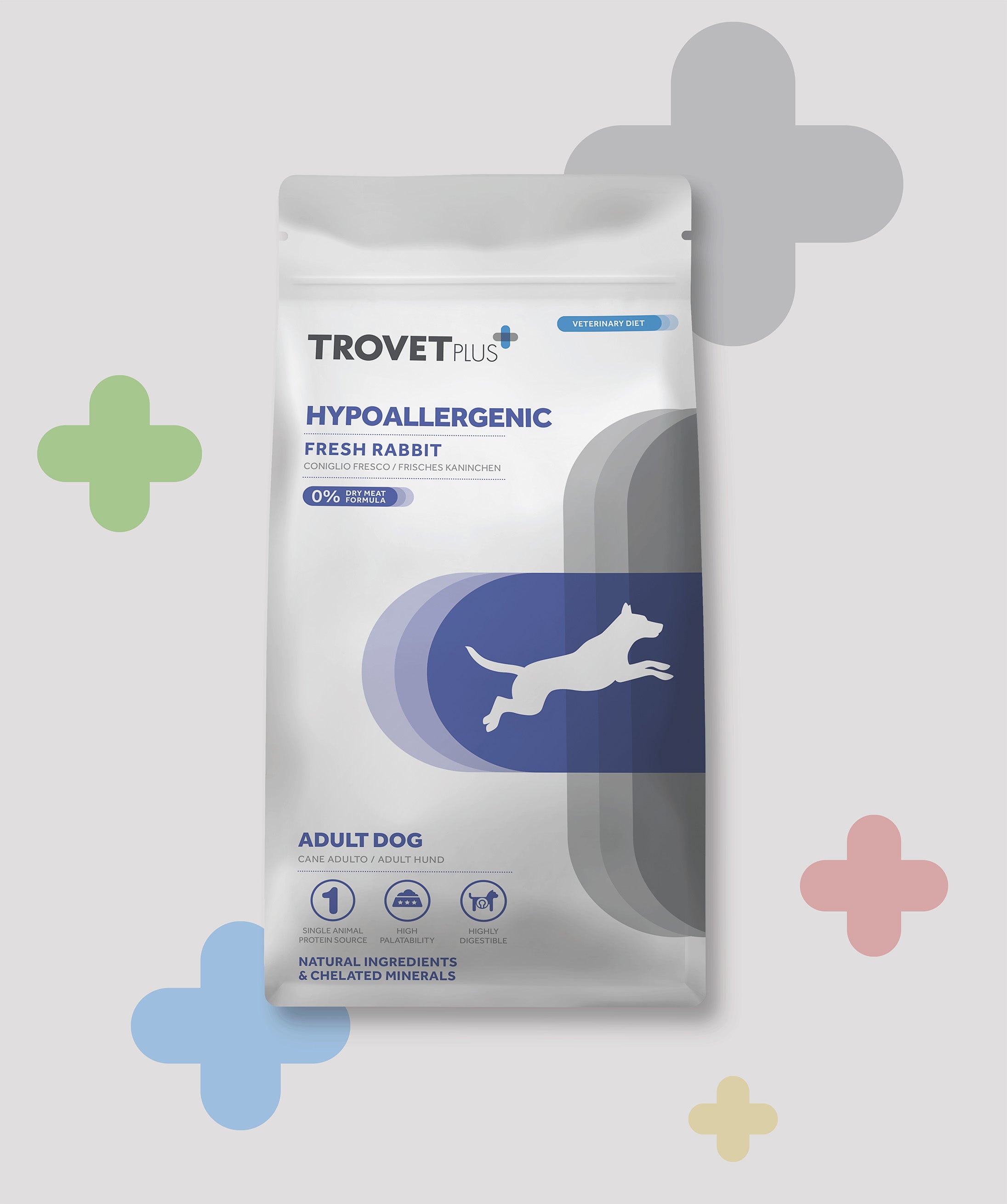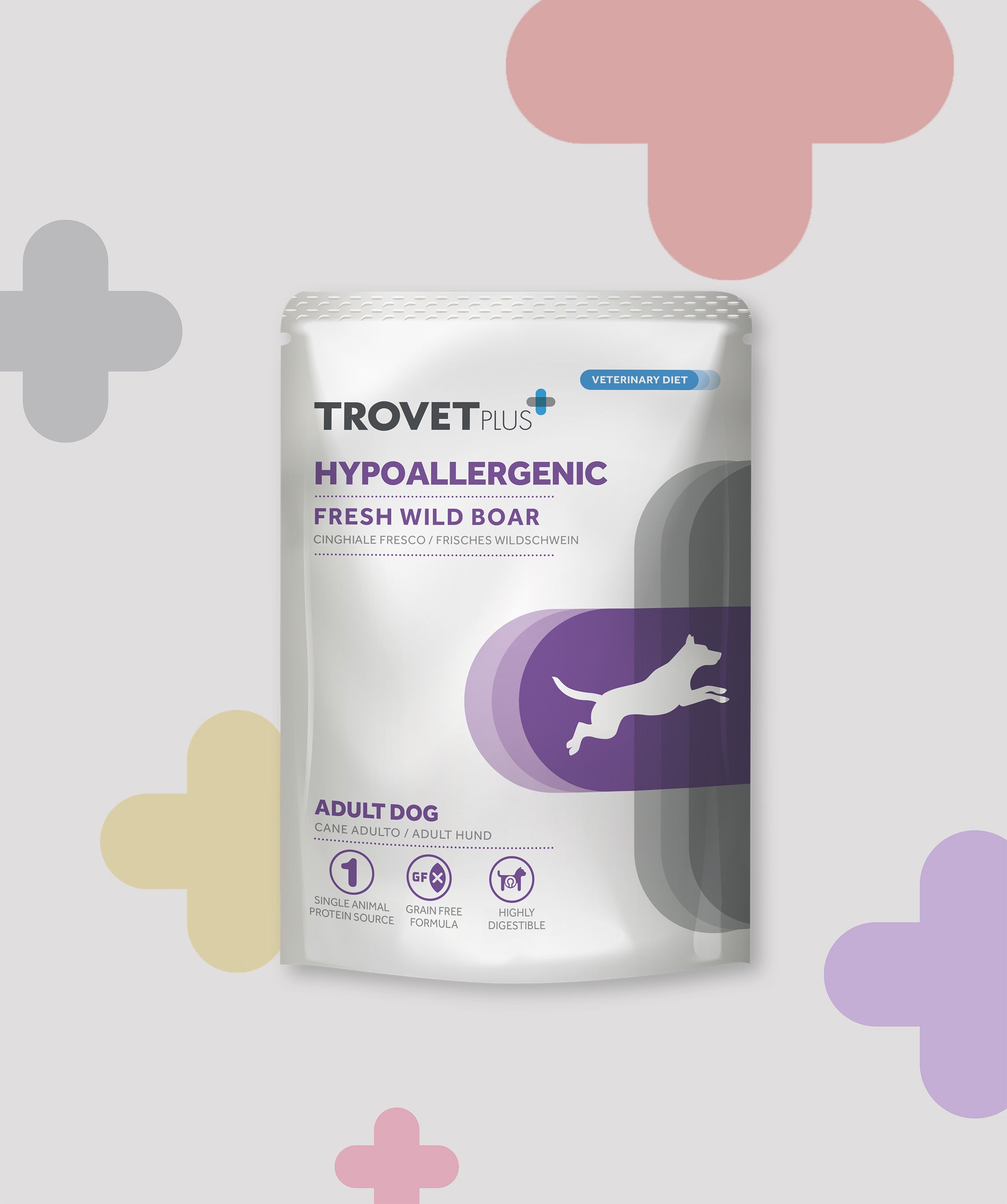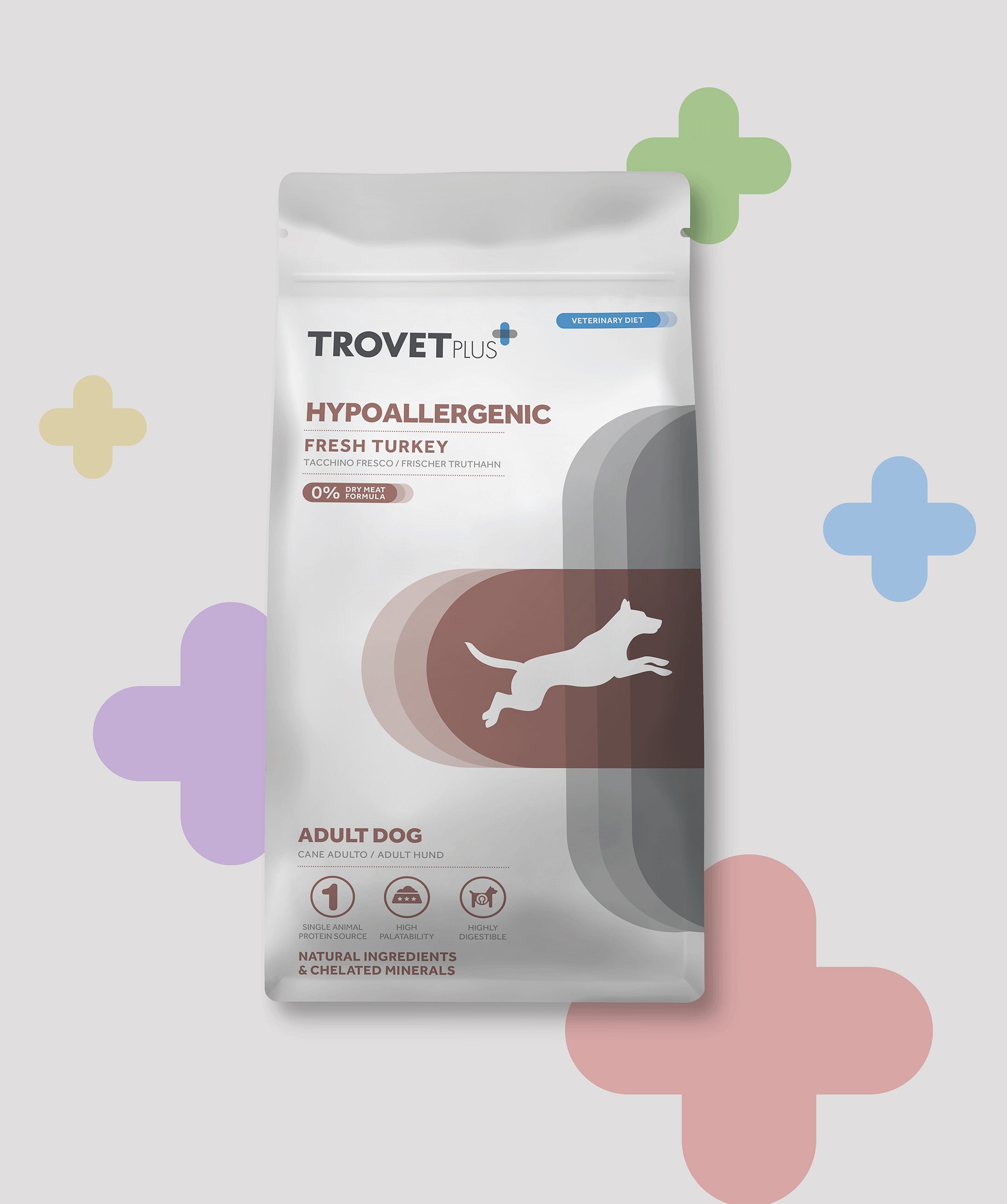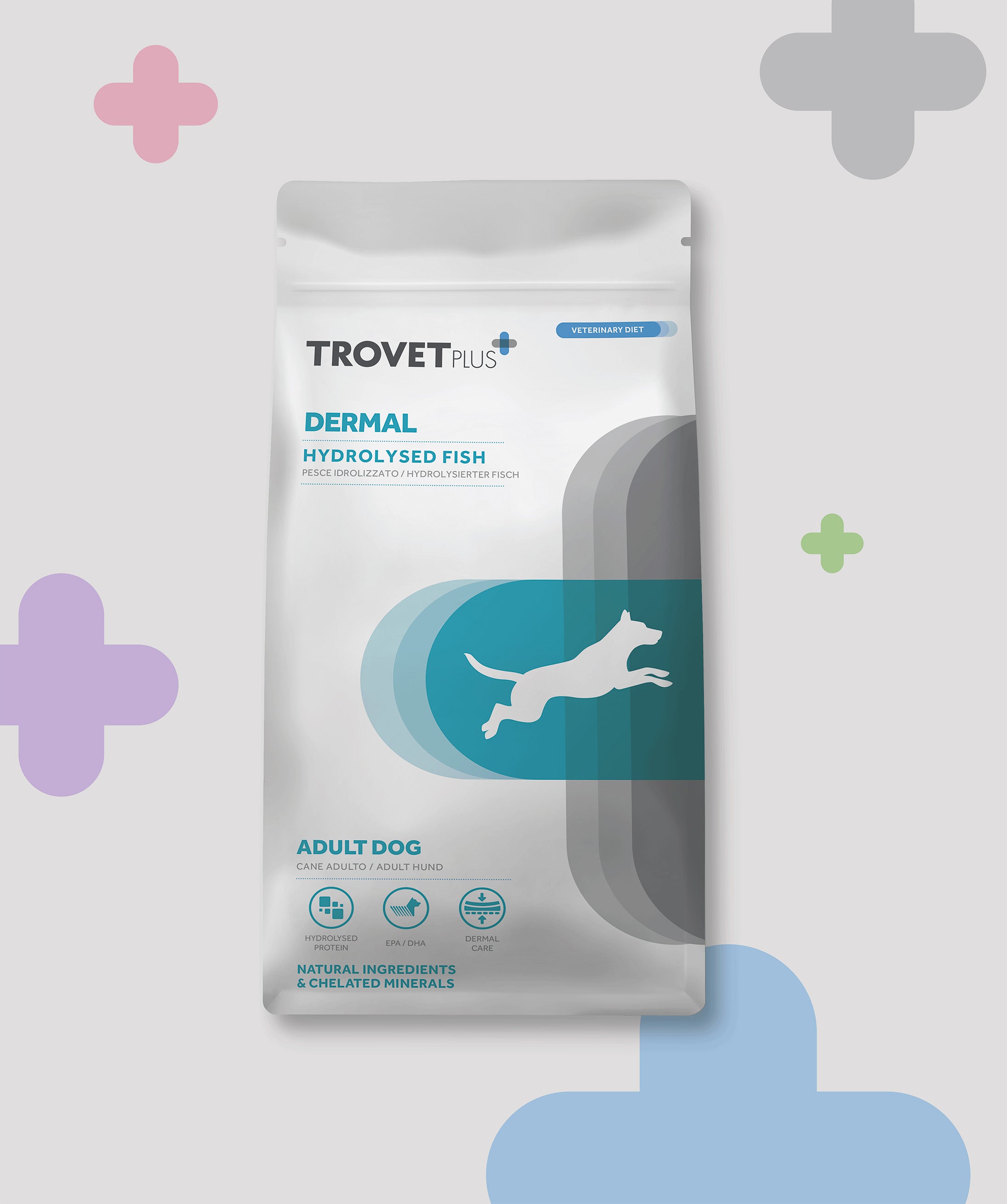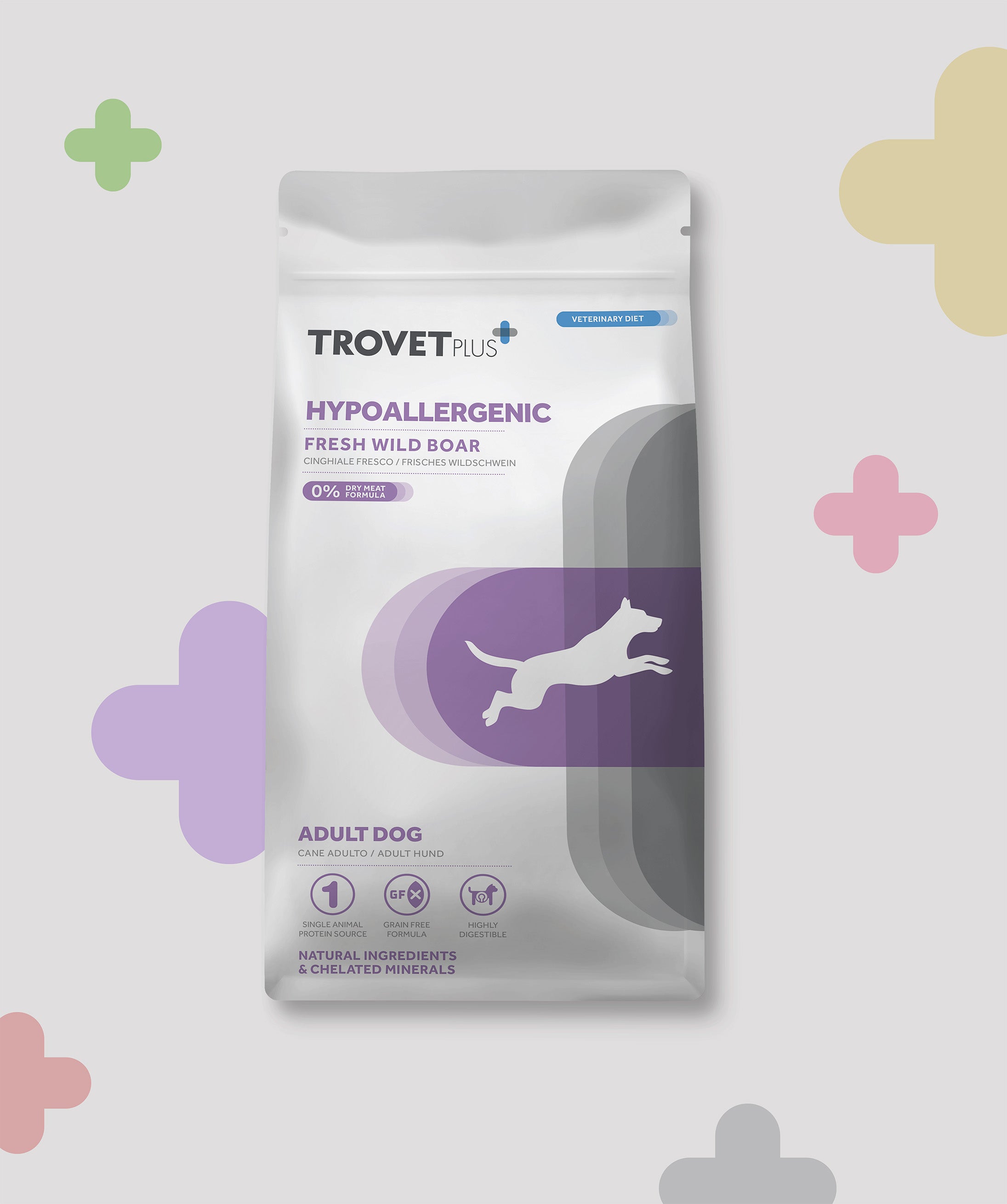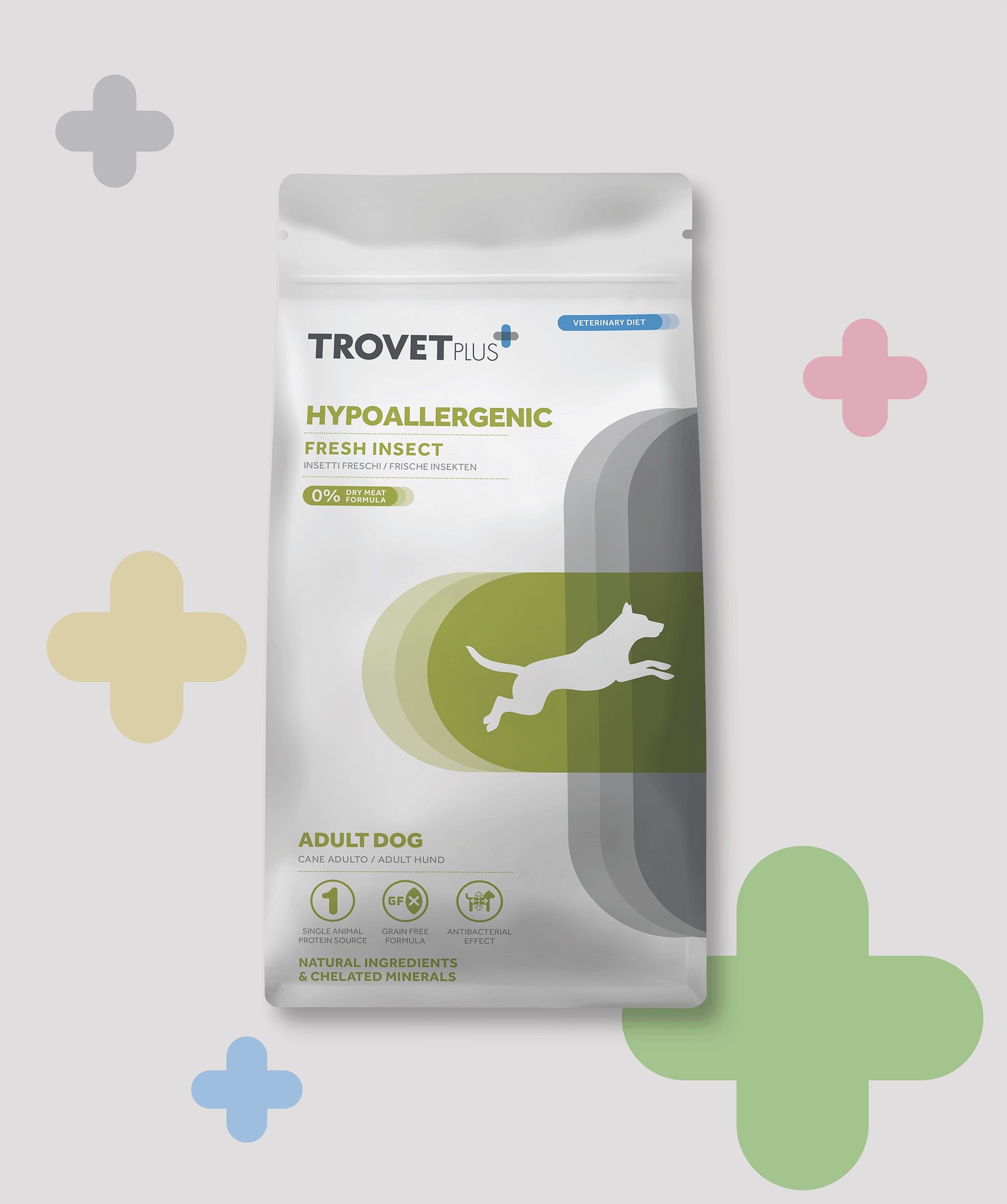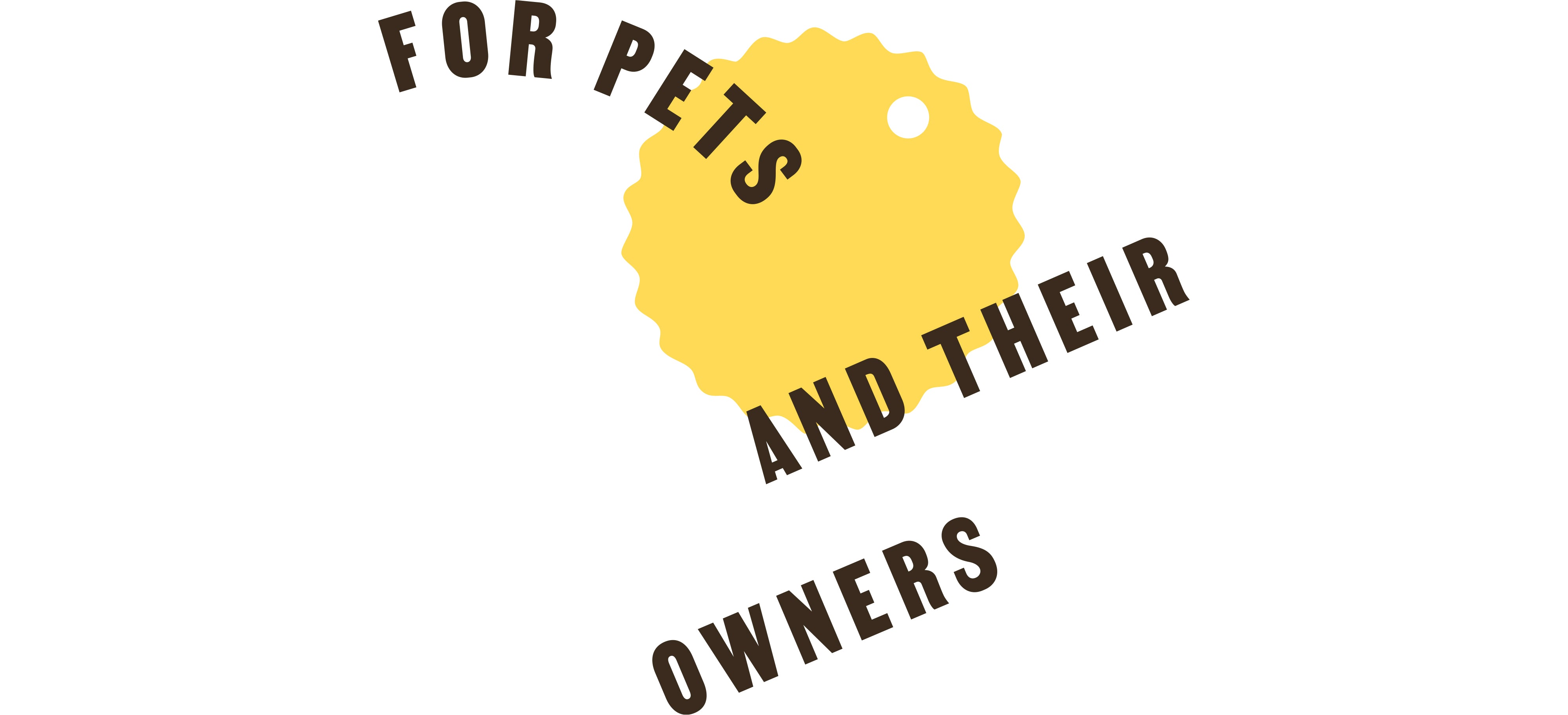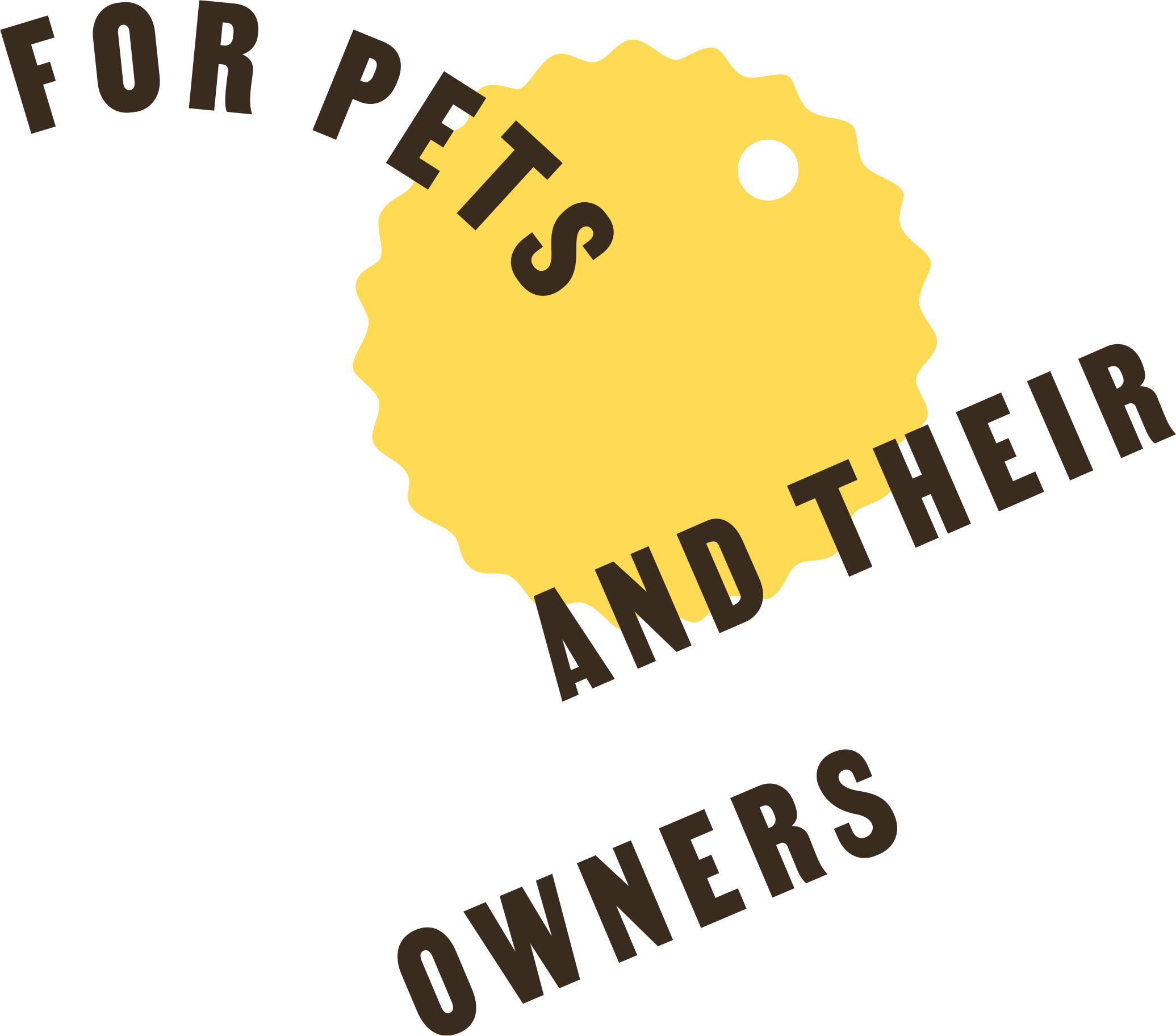Braco de Weimar
The Weimaraner is one of the most elegant and versatile breeds within the hunting dog group. Its distinctive silver-gray coat and light eyes give it a unique and sophisticated appearance. Beyond its physical appeal, it is an extremely intelligent, energetic, and loyal dog, making it an excellent companion both for hunting and family life.
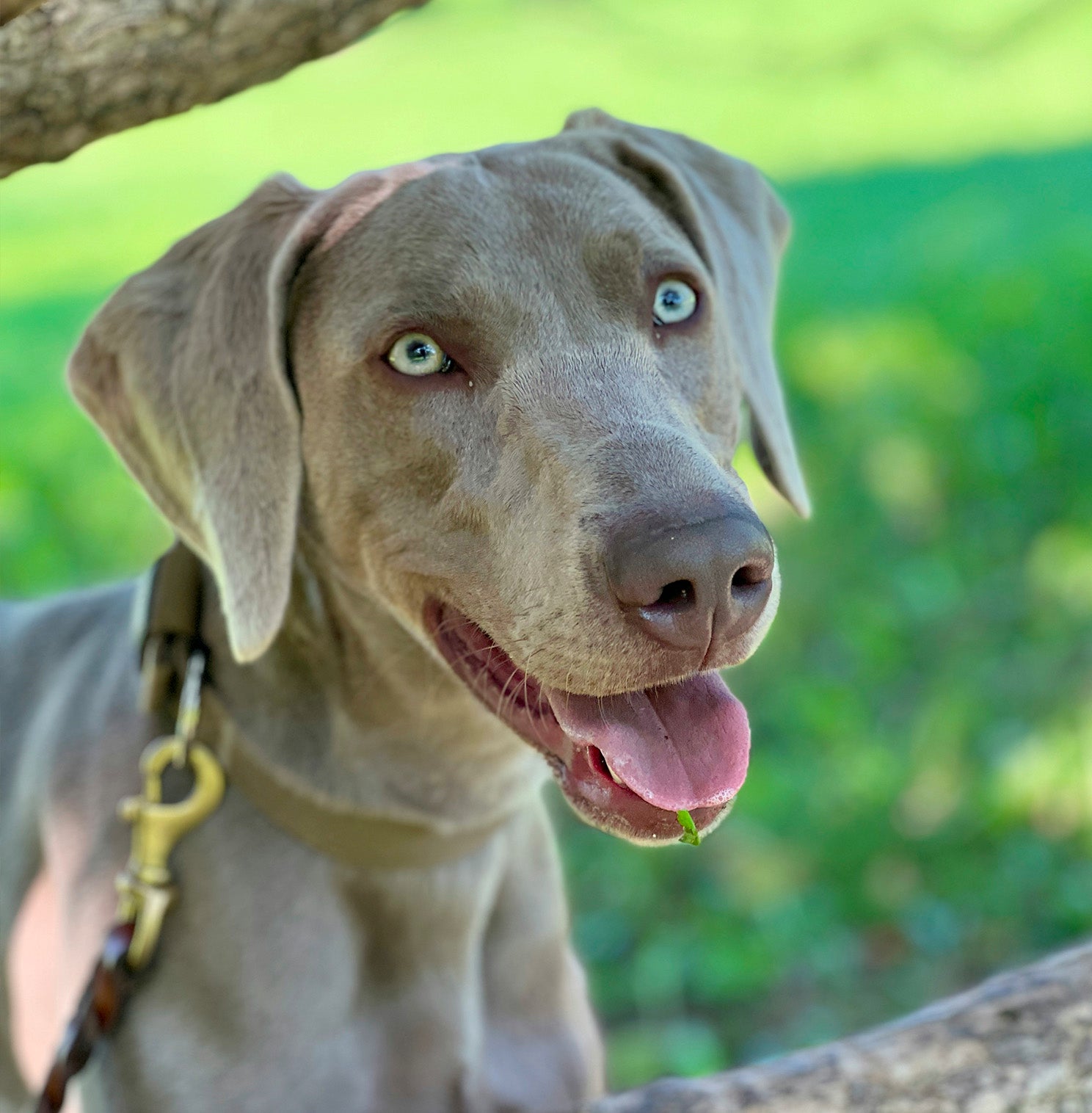

Features







Collapsible content
Breed origins
The Weimaraner has its roots in Germany, where it was bred in the late 19th century as a versatile hunting dog. Its name comes from the court of Grand Duke Karl August of Weimar, who promoted the selective breeding of these dogs to produce a fast, resilient dog with an exceptional sense of smell.
In its early days, the breed was primarily used for big game hunting, such as deer and wild boar, although over time it proved to be equally effective in small game hunting. The development of the breed was based on a combination of various European pointing breeds, aiming to create a dog that not only had a strong hunting instinct but could also live closely with its owner.
This made the Weimaraner one of the most valued breeds among German hunters, who ensured its bloodline remained pure and exclusive for many decades. By the mid-20th century, the breed began to spread beyond Germany, reaching countries such as the United States and the United Kingdom, where it quickly gained popularity not only as a hunting dog but also as a family pet.
Its intelligence and trainability helped it stand out in canine sports and obedience activities, solidifying its place as one of the most versatile breeds in the dog world.
Characteristics and aptitudes
The Weimaraner is a medium to large-sized dog with an athletic, muscular body built for speed and endurance. Males typically measure between 59 and 70 cm in height, while females range from 57 to 65 cm. Their weight varies between 25 and 40 kg, depending on sex and build.
One of its most distinctive features is its short, dense, silver-gray coat, although a less common long-haired variety also exists. Its light-colored eyes—amber or blue-gray—give it an intense, alert expression. Its physical structure allows it to move with agility and stamina, making it an excellent working dog and a great companion for active individuals.
In terms of temperament, the Weimaraner is a highly intelligent, loyal, and energetic dog. It has a strong capacity for learning, making it ideal for obedience and advanced training. Its protective instinct makes it a good watchdog, though it is also sociable and affectionate with its family. However, proper socialization from an early age is essential to prevent territorial or anxious behavior.
Care
The Weimaraner is a breed that requires a high level of daily exercise to stay balanced and happy. At least two hours of physical activity per day are recommended, including long walks, running, and interactive games. This dog enjoys sports like agility, tracking, and swimming, making it ideal for active owners who can provide a varied routine.
As for its diet, it needs a protein-rich and healthy-fat diet to maintain its muscle mass and energy levels. Choosing high-quality kibble tailored to its size and activity level is essential for its well-being. It is also advisable to divide its food into two daily portions to prevent digestive issues such as gastric torsion, a condition common in large breeds.
The Weimaraner’s coat is easy to maintain, as it does not require trimming or special grooming. Weekly brushing is enough to remove dead hair and keep the skin healthy. It’s also important to check its ears regularly, as their droopy shape can lead to infections if not cleaned consistently.
Diseases
Although generally a healthy breed, the Weimaraner can be prone to certain hereditary conditions. One of the most common is hip dysplasia, a condition that affects joint mobility and can cause pain over time. To reduce this risk, it’s important to manage the dog’s weight and avoid excessive exercise during its growth phase.
Another common issue in the breed is gastric torsion, a serious condition in which the stomach becomes distended and twists, compromising blood circulation. To prevent this, it's recommended to divide meals into smaller portions and avoid intense exercise immediately after eating.
Some individuals may also develop eye problems, such as entropion (inward-rolling eyelid) or progressive retinal atrophy. Regular veterinary check-ups and monitoring eye health are essential to detect any issues early.
Give your Weimaraner the best nutrition with OnlyFresh, a line designed to meet its nutritional needs and maintain energy and vitality. Discover our high-quality kibble options and provide a balanced diet for healthy development.
-
-
-
Hipoalergenic Grain free-20%Add to cart
-
Hipoalergenic Grain free-20%Add to cart
-
-
Hipoalergenic Grain free-20%Add to cart
-
-
-
-
Hipoalergenic Grain free-20%Add to cart
-
Hipoalergenic Grain free-20%Add to cart
-
Low grain Hipoalergenic-20%Add to cart
-
-
Low grain Hipoalergenic-20%Add to cart
-
-
Hipoalergenic Grain free-20%Add to cart
-
Low grain Hipoalergenic-20%Add to cart
-
Low grain Hipoalergenic-20%Add to cart
-
Low grain Hipoalergenic-20%Add to cart
-
-
Hipoalergenic Grain free-20%Add to cart
-
Low grain Hipoalergenic-20%Add to cart
-
-
Hipoalergenic Grain free-20%Add to cart
-
Hipoalergenic Grain free-20%Add to cart
